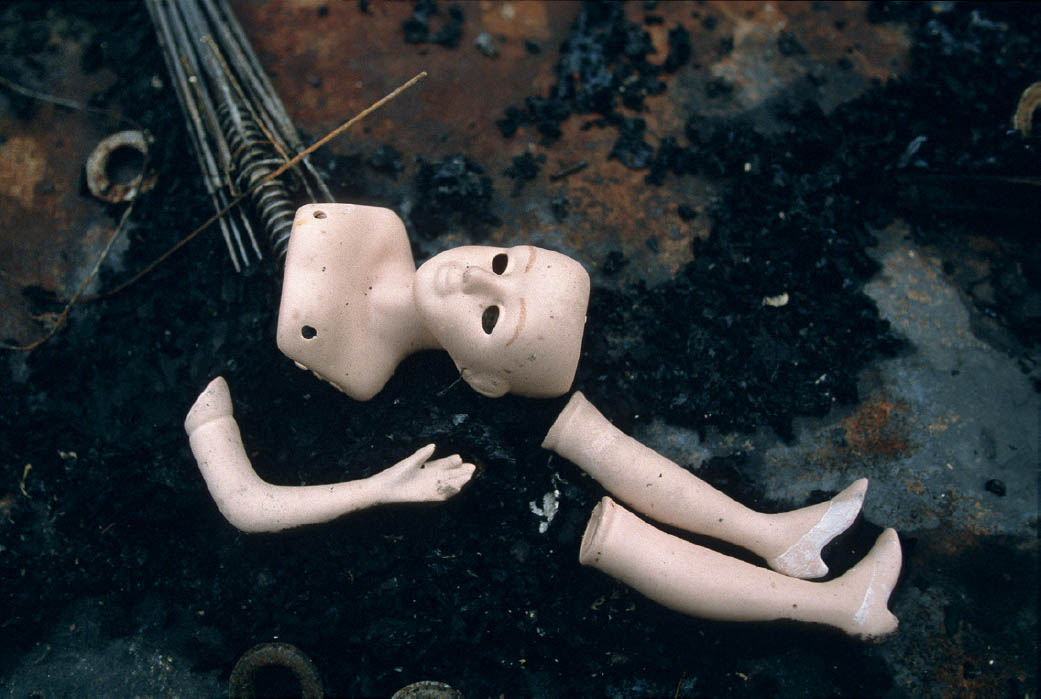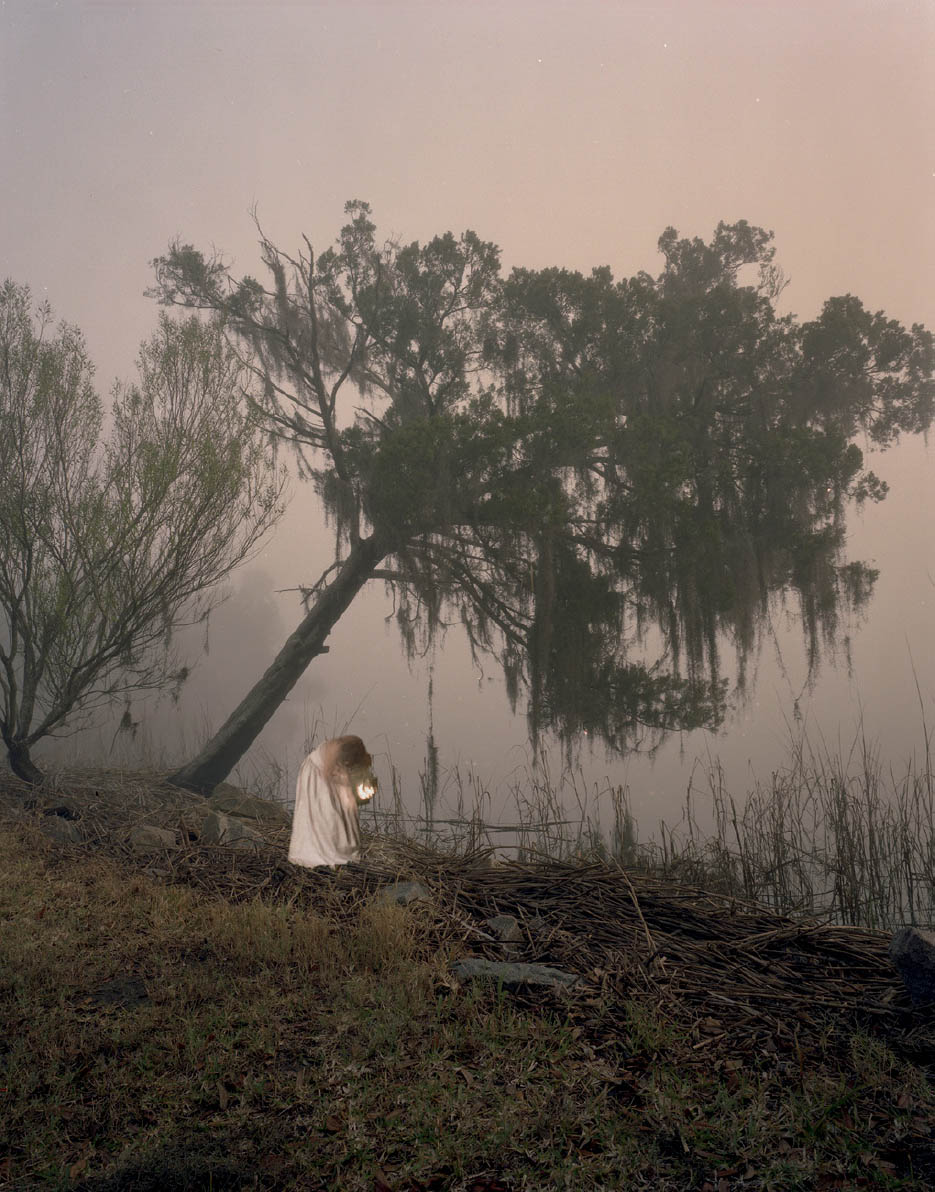BRAINSTORMING | Thinking Less Literally
An initial instinct when starting out in photography is to show the subject of our own fascination very literally. It is as if we are saying, “Look directly at this here!” It’s understandable; you are drawn to something, and you want your viewer to see it as you experienced it. But many times this leads to disappointment, because you wind up with a very literal image that lacks all the magic you hoped to share. In image-making, it’s important to think of the image holistically and less literally in order to create an artistic interpretation that yields the emotional or psychological response you want to evoke. You are creating a seamless world for the viewer to be transported into—making the viewer feel as you did when you were there, rather than showing a literal snapshot of what you saw.
You can achieve this in a few ways. Use the characteristics inherent to photography to facilitate this artistic transformation; focus attention with composition, create mood with light, generate narrative with gesture and expression, use motion and blur to convey energy. Visualization is a thought that is translated to visual images, usually through symbolism. Symbolism is the practice of replacing an action, person, or idea with a visually representative object. An entire language of symbols dates back to the dawn of civilization. Many symbols are universal, and some are culturally specific. Numerous examples can be found in everyday life. The archetypes outlined earlier in the section on the collective unconscious (“Tapping into the Unconscious” in Chapter 2) are examples of symbolism. Symbols can be associated with colors, animals, flowers, elements, and objects. These associations are commonly understood by the viewer, and you can use them to your advantage to convey concepts in a less literal and more aesthetically interesting way.
FAIRIE CATCHING
(2008)
From the series Fairy Tales and Other Stories. The edge where land meets water holds interesting symbolism as the place where the conscious mind meets the unconscious. A dream in this locale represents a symbolic journey of self-discovery. Dawn suggests illumination and hope, the beginning of something. A lantern represents a light within (a strong desire that motivates us) and is a guide for finding our way in the world through enlightenment, knowledge, or understanding. The willow tree holds further symbolic meaning for strength, adaptability, and development.
FOUND PICTURES VERSUS CREATED PICTURES
For the sake of simplicity, I divide photography into two basic categories: photographs that are found and those that are created. I make the distinction because the brainstorming, pre-production, and production workflow differs between these two categories. Obviously, my work falls under the created photographs category, and the tools in the following chapter will very simply lend themselves to that workflow. However, many of the brainstorming and planning practices in the next few chapters are also helpful to the found journalistic/documentary fields for developing story ideas and the method by which you will find and execute them.

BLOOD AND HONEY (1999)
Ron Haviv
FOUND PHOTOGRAPHS occur when the photographer goes out into the world to capture something as it exists, such as in photojournalism, documentary, street, nature, landscape, travel, or some fine art photography. Found-photography artists must make conscious technical aesthetic choices and then patiently observe or go in search of all the external elements to come together in the frame. They may do extensive research or hire fixers (knowledgeable local guides who make arrangements and facilitate access for photographers) to increase their chances of being in the right place at the right time.
DOLLS & GUNS (2014)
The two images shown here both communicate a similar message about the impact that violence has on children.
The left image was found by photojournalist Ron Haviv. It shows the remains of a broken doll left behind by a Kosovar Albanian family that fled Serb forces during the war in Kosovo.
The right image was created by me in response to gun violence against children.
CREATED PHOTOGRAPHS are staged or fabricated by the photographer, as in fashion, advertising, conceptual, and fine art photography. Conscious, technical aesthetic choices are also made, as well as deliberate decisions regarding the sourcing of every element that is in the frame. This includes everything—location, subjects, set elements, props, etc.—as well as all the logistical efforts behind locating, creating, procuring, and scheduling the details to make the image happen.


